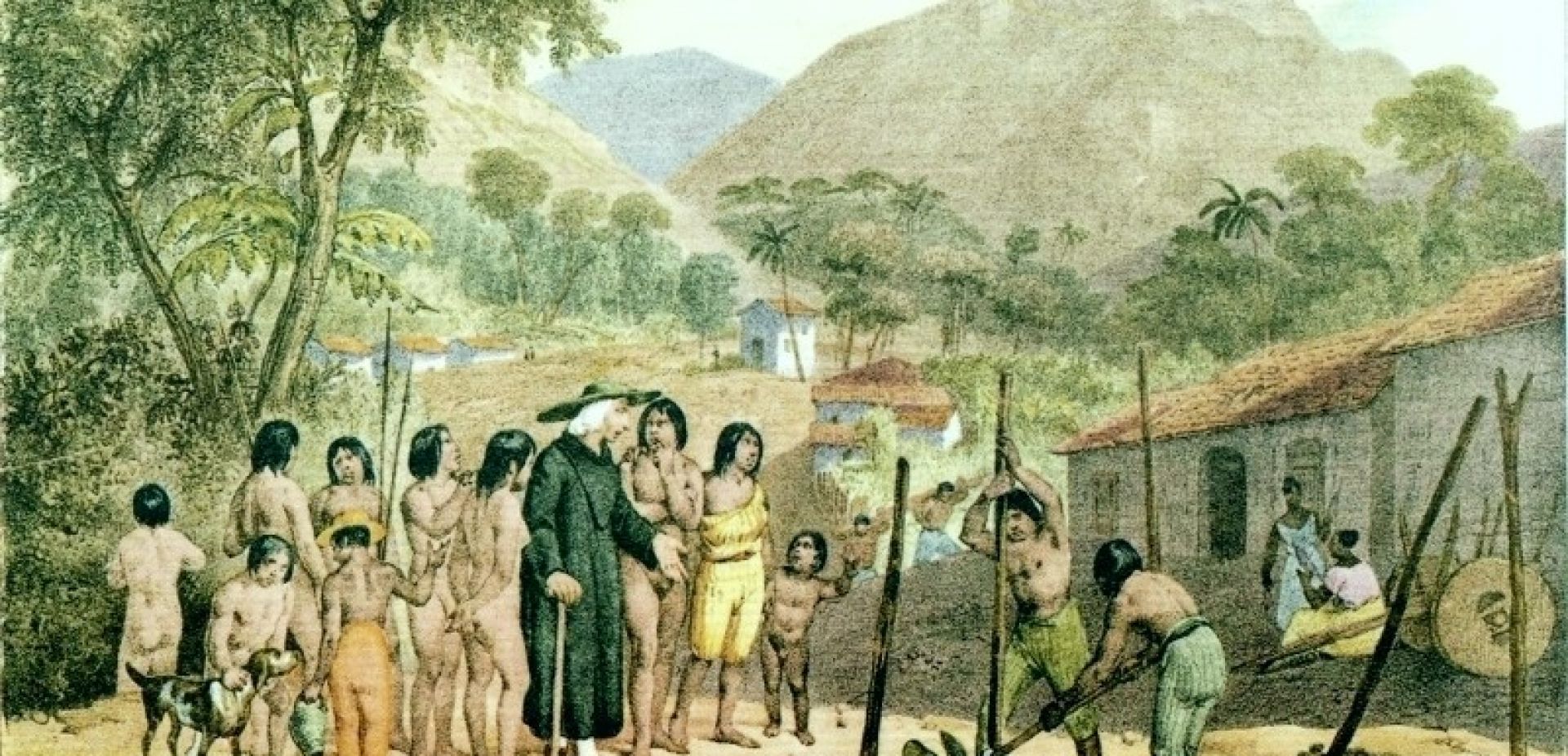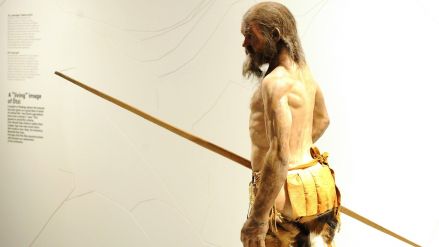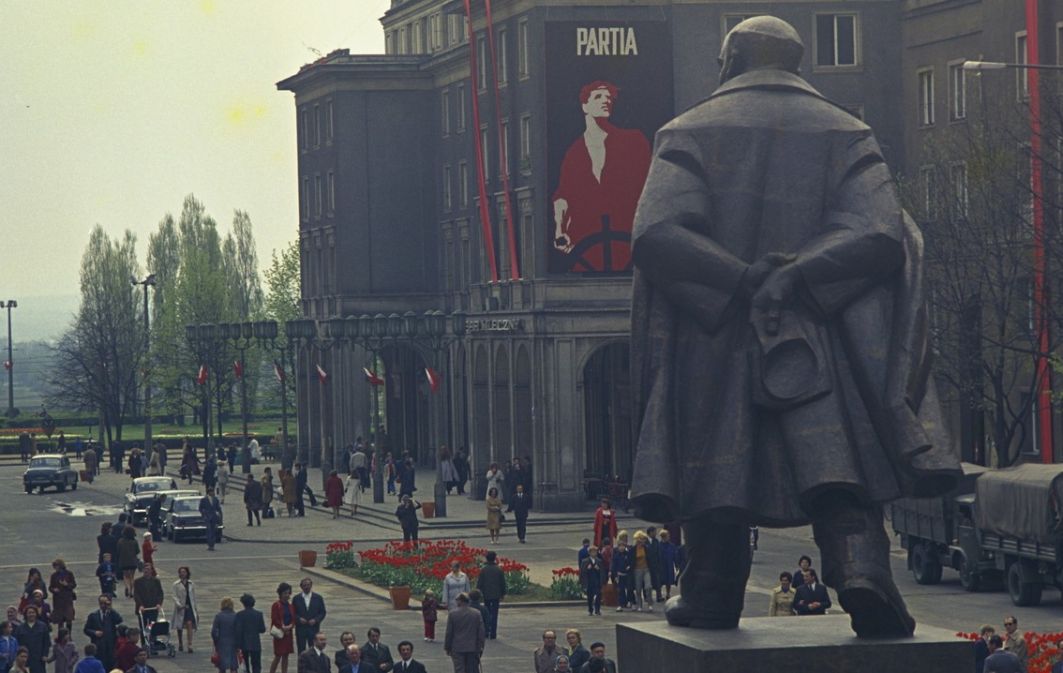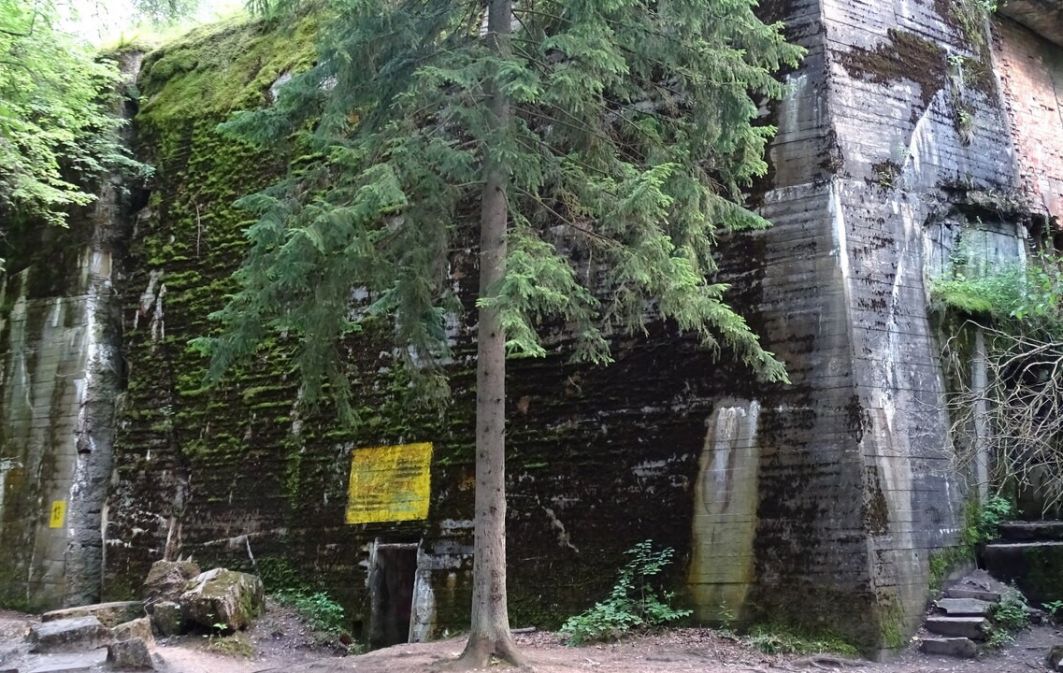TVP WEEKLY: "Ore Ru" - what language do these words come from, and what do they mean?
MIROSŁAW OLESZYCKI: In the language of the Guarani Indians, these words mean "Our Father" and are a fragment of their prayer. However, these are not the words of the prayer we know from the Gospel. "Ore Ru" talks about a mythical land that is a good, beautiful place where the sun always rises and evil does not exist. Indians probably knew it even before Christopher Columbus discovered America.
Why did you focus on Latin America?
Because I was fascinated with the Aztec, Mayan, and Inca cultures.
I encountered it during the 1990s expedition along the trail of pre-Columbian cultures from Mesa Verde to Machu Picchu.
Then, I asked myself questions and looked for answers.
 SIGN UP TO OUR PAGE
SIGN UP TO OUR PAGE
 What are these questions?
What are these questions?
For example, why did the native American advanced civilisations so easily surrender their world to a foreign culture?
Did you find the answer?
I often wondered about it. This was probably due to many factors, religious and military, but also thanks to the cleverness of the conquistadors. Let's take the case of Atahualpa, the last effective Incan emperor. He believed in the sincerity of Francisco Pizarro's and his men's intentions, but all they wanted was gold. They deceived him and murdered him afterwards.
Christopher Columbus's ships had crosses displayed over their sails. Was this supposed to symbolise that the travellers would find money for the next Crusade, or was this just another legend?
The symbolism adopted by Columbus was quite natural because Europe was Catholic then. The expedition aimed to discover and conquer a new land mentioned earlier in the across-the-ocean expeditions, not to obtain money for the Crusade. Nevertheless, in addition to stealing control over the new lands, it was also about spreading Christianity.
So it wasn't only the lust for wealth that led people to the New World? Was it?
Indeed, it wasn't, although some people could see the ocean expeditions as an opportunity to improve their financial status. This is a normal thing resulting from human nature. But most explorers were Franciscan and Dominican monks, missionaries distinguished by their apostolic zeal and a desire for adventure. They acted under the influence of religious fervour, but many set out into the world, driven by the need to respond to important events of the time.

 SIGN UP TO OUR PAGE
SIGN UP TO OUR PAGE
 What are these questions?
What are these questions? 




